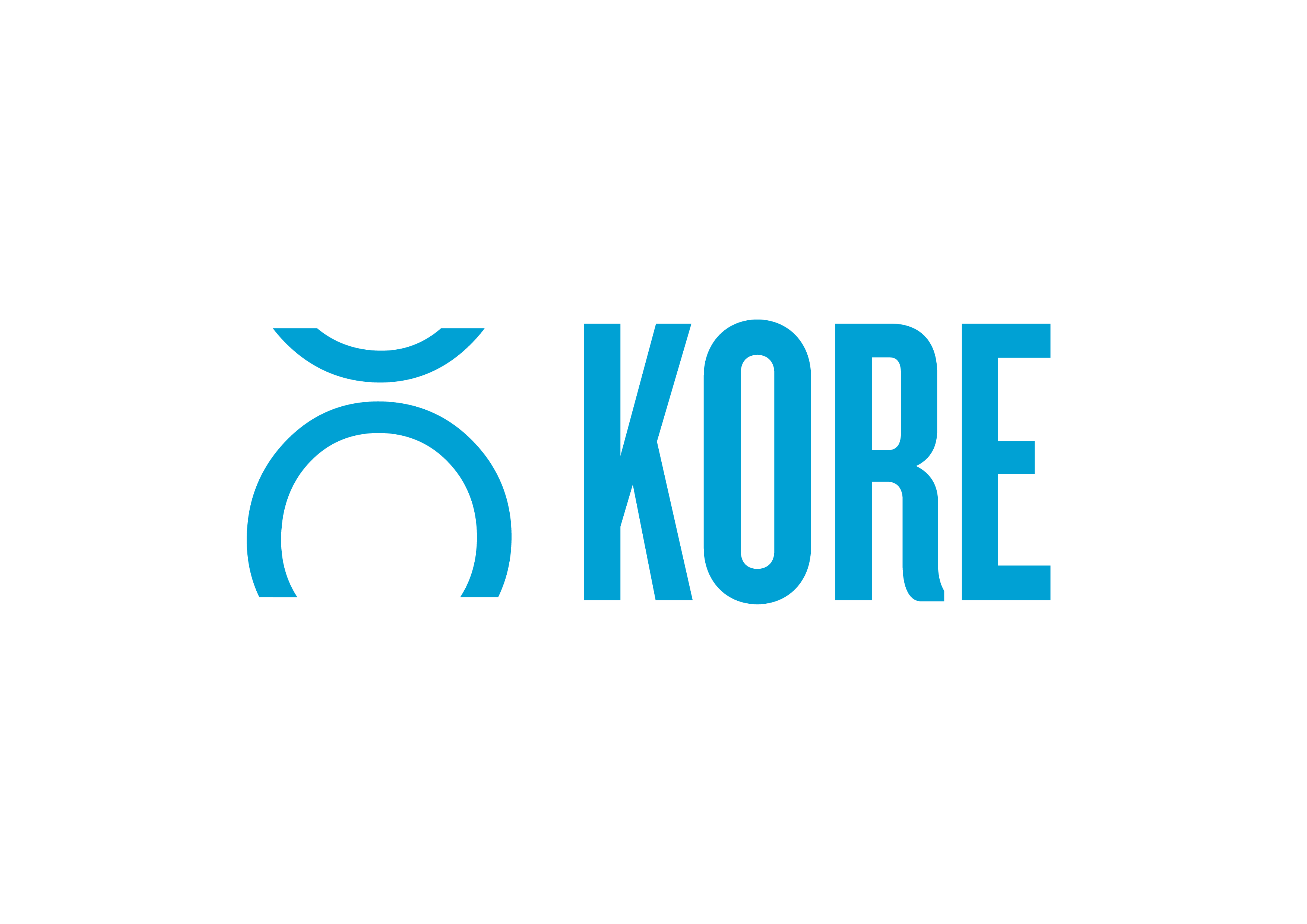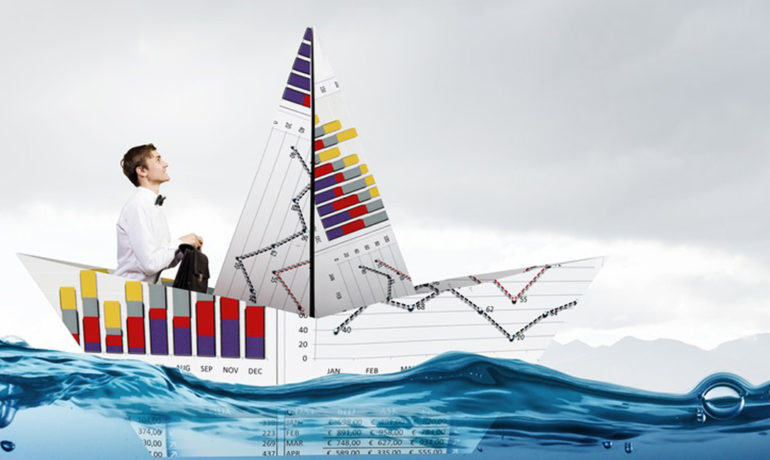Three Takeaways from Sports Business Journal’s Sports Marketing Symposium 2019
Right from the opening remarks on understanding Gen Z content consumption, this year’s Sports Business Journal’s Sports Marketing Symposium provided some excellent insight into some of the current trends in the sports marketing world.
Here are the three topics that stood out the most to me throughout the week:
How to break through the clutter with effective content
It’s a question you hear a lot: How do you break through the clutter? How can you leverage assets any brand can buy and maximize their impact? These were the questions the panel of Daniel Cohen (Octagon), Anmol Malhotra (Snap Inc.), Barbara McHugh (MLB), and Dan Porter (Overtime) tackled right out of the gate.
Their key recommendation on breaking through the clutter in the sports world is finding a team that acts and operates like a professional media company. These teams are IP forward and know that the story of the partnership goes way beyond signage. If you can identify teams/leagues who get this, you can break through, not only reaching that team’s fan base but the fans of individual athletes and the stories that make up the DNA of that community.
Manchester City, the Golden State Warriors, and the Washington Wizards were highlighted as teams that truly act as professional media companies. When you find one of these teams, where do you start, what do you ask?
Here is a starter pack:
- You’ve found the team, but what about the athletes on that team? Working with individual athletes can greatly enhance the impact of your investment.
- How close is the team with the athlete you want to work with? The athlete’s agent? See how they can support you in your partnership goals.
- What are the stories that go beyond the field? Whether it is with the team or an athlete, find the stories that go beyond the field and impact the community.
How to effectively tap into the moment
In one of the more interesting sessions, Ritu Mathur, LUNA Senior Marketing Director at Clif Bar & Company, discussed how LUNA partnered with the US Women’s National Team (USWNT) to support pay equality and drive brand love.
Rita, like a lot of marketers, was tasked to do more with less. With these limitations, Rita always keeps her eyes peeled for an opportunity to align the LUNA brand with powerful moments. In the USWNT’s efforts to achieve pay equality, she saw just that. Each US Men’s National Team player made $31,250 more in roster bonuses than their female counterparts. LUNA stepped up in a major way and paid the difference.
This was an incredible gesture and aligned perfectly with their brand and goals, but how could they extend this partnership?
First, they captured the moment when they shared the news with the entire team. They worked with individual players from the team that they felt fit their brand and values. Like the topic above, they created powerful content with which they launched on national pay equality day. It was important the individual athletes they worked with told the story across their social media channels. When it was all said and done, they generated 4 billion impressions with most coming from earned media.
Rita’s advice to other brands trying to replicate this success? Find ways to participate in values conversations, there are plenty out there, you just need to find the one that fits the most with your brand and goals.
How to track your budget and KPIs
In one of the last sessions, Nick Kelly, Head of U.S. Marketing at Anheuser-Busch InBev spoke about how they’ve changed their partnership model to maximize success. They employ an approach in where they track KPIs promised by their partners very strictly. They tie additional budget to KPI performance through key milestones in the partnerships. If those KPIs are not met, it frees up that budget to invest elsewhere.
With this model, it is critical they have the technical infrastructure to track those KPIs and forecast the budget that may be made available. Admittedly, it can be difficult to track every KPI, but for the ones agreed upon, you need to do your best to validate. On top of tracking those KPIs, ensuring you can track your budget and predicting what you’ll have available is critical to maximizing this model.
What Nick didn’t get into, however, is “how the spaghetti is made.” Here at KORE, we’ve seen a trend toward this type of analysis for years now. As we know, analytics will only play a larger and larger role in our industry, so we’ve designed a system to help a brand of any size maximize their investment, it’s called KORE KONNECT and it has the power to transform the way you look at your partnerships. For more info, click here.

KORE is the global leader in engagement marketing solutions, serving more than 200 professional teams and 850+ sports and entertainment properties worldwide, providing practical tools and services to harness customer data, facilitate sponsorship sales and activation, and create actionable insights.




